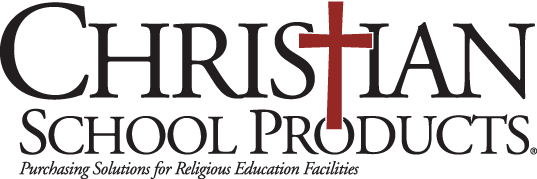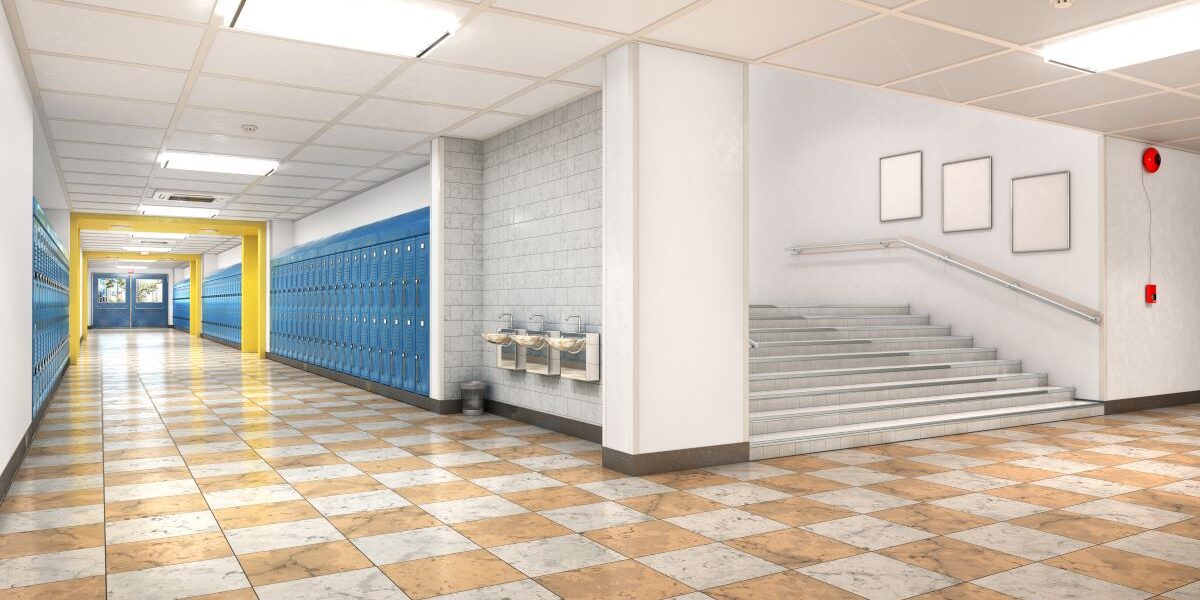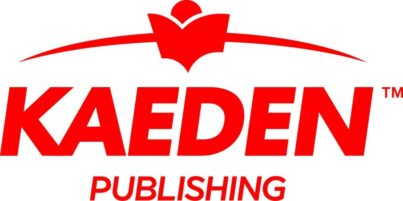Effective school facilities management is vital for fostering a productive learning environment. Without a robust facility management software system, schools risk negatively impacting student outcomes and staff well-being.
Why Preventive Maintenance?
Without a focus on preventive maintenance, schools may face costly repairs and equipment downtime. Regular inspections and timely issue resolution are essential to maintaining critical assets like HVAC systems and classroom technology.
Neglecting these tasks can lead to unsafe or uncomfortable conditions, disrupting the learning process and hindering student performance.
Safety and Compliance Risks
Safety is paramount in educational settings. Schools without a CMMS may struggle to maintain compliance with safety standards, leading to potential hazards.
Without automated tracking of repairs and safety checks, facility managers might overlook critical inspections, compromising the security of students and staff. This negligence can create an environment of uncertainty, impacting the overall educational experience.
Increased Costs and Inefficient Budgets
Lack of a facility management system can lead to inflated operational costs. Schools may incur higher expenses due to emergency repairs and inefficient resource allocation.
Without the ability to track maintenance tasks and asset performance, budgeting becomes reactive rather than proactive, diverting funds away from programs that enhance student learning.
Ineffective Space Utilization
Poor space management can further detract from the educational experience. Without tools to monitor room usage and event scheduling, schools may struggle to optimize their facilities.
This inefficiency can lead to overcrowded classrooms and underutilized spaces, limiting opportunities for collaborative learning and extracurricular activities.
Impact on Teacher Satisfaction
A well-maintained school environment is crucial for teacher retention and job satisfaction. Schools lacking effective facilities management may experience higher turnover rates, disrupting the continuity of education for students.
When maintenance requests are not addressed promptly, it creates frustration among staff, detracting from their ability to focus on teaching.
Future Challenges
As educational needs evolve, schools must adapt their facilities accordingly. Without a scalable solution, institutions may find it challenging to keep up with maintenance and compliance requirements, risking the quality of the learning environment over time.
Not having a facility management software system can have far-reaching negative effects on student outcomes, safety, and overall school functionality. To ensure a conducive learning environment, schools must prioritize effective facilities management.
When Is the Best Time to Implement Facility Management Software in a School?
In the fast-paced environment of a school district, efficient management of facilities is crucial to ensure smooth operations and optimal learning environments for students.
With the advancement of technology, facility management software has become a valuable tool for streamlining processes and improving overall functionality.
The question arises: When is the best time to implement such software in a school?
The ideal time to introduce facility management software in a school is during the planning phase of a new academic year or before a major facility upgrade.
By integrating the software early on, administrators can establish a solid foundation for managing facilities effectively from the outset. This proactive approach allows for a seamless transition and minimizes disruptions to daily operations.
Furthermore, implementing a CMMS during the summer break or other school holidays can provide the necessary time for staff training and system customization.
This ensures that all stakeholders are well-prepared and equipped to utilize the software to its full potential when the new academic year begins.
Another ideal moment to introduce facility management software is when a school district is experiencing inefficiencies or challenges in managing its facilities manually. By recognizing the limitations of traditional methods, administrators can leverage technology to address these issues and improve overall efficiency.
The best time to implement a CMMS system is when there is strong support from key stakeholders, including school administrators, facility managers, and IT personnel. Collaboration among these parties is essential for successful implementation and utilization of the software.
In conclusion, the best time to implement facility management software in a school district is strategically before the start of a new academic year or during periods of low activity.
By taking a proactive approach, addressing inefficiencies, and garnering support from leadership, schools can maximize efficiency and enhance the management of their facilities for the benefit of students, staff, and the entire learning community.
Ryan Noble is the marketing specialist/developer for Q Ware, a simple, intuitive, and affordable web-based facility maintenance management application, www.qwarecmms.com.





